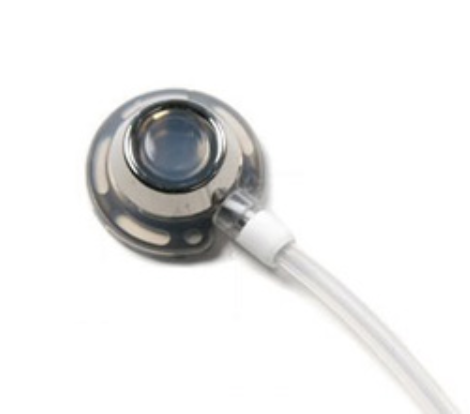Insertion of Portacath
People who require regular access to their veins for treatment may be offered a procedure to insert a “Portacath”.
Doctors often recommend this type of device for patients who regularly have:
- Chemotherapy treatments
- Infusions of antibiotics or other medications
- Nutritional supplements
Your oncologist may recommend that you have a Port or Portacath inserted on your upper chest to make chemotherapy easier and more comfortable for you. There are several benefits to having a port:
- No need to find a vein every time you receive chemo, a special needle fits right into the port.
- The medication goes right into the main blood supply entering the heart, so it can be sent quickly and efficiently to all parts of the body.
- Some types of chemotherapy can be very uncomfortable if injected into a vein just under your skin. The port avoids this potential discomfort.
- Getting blood for blood tests can usually be done through the port, decreasing the number of times you need to have needles.
How is the catheter inserted?
 The button is about the size of a 50c piece only thicker is inserted to the chest, and will show only as a bump underneath the skin. The surgeon will then insert the plastic tubing into one of the major veins of your neck or shoulder using ultrasound and the X-ray machine. The procedure can be done under local or general anaesthesia and can be done as a day surgery.
The button is about the size of a 50c piece only thicker is inserted to the chest, and will show only as a bump underneath the skin. The surgeon will then insert the plastic tubing into one of the major veins of your neck or shoulder using ultrasound and the X-ray machine. The procedure can be done under local or general anaesthesia and can be done as a day surgery.
What are the risks?
There are some risks associated with the procedure including clot forming in the vein where the tubing is placed, bleeding, infection, damage to the nearby vessels or lung and malfunction of the device. The chance of having a problem is small and some medications will be given during the procedure to reduce these risks.
- Antibiotics are given before the procedure
- Blood thinning medication is injected into the tube to prevent clots
Your doctor will discuss all this with you before proceeding with the operation.